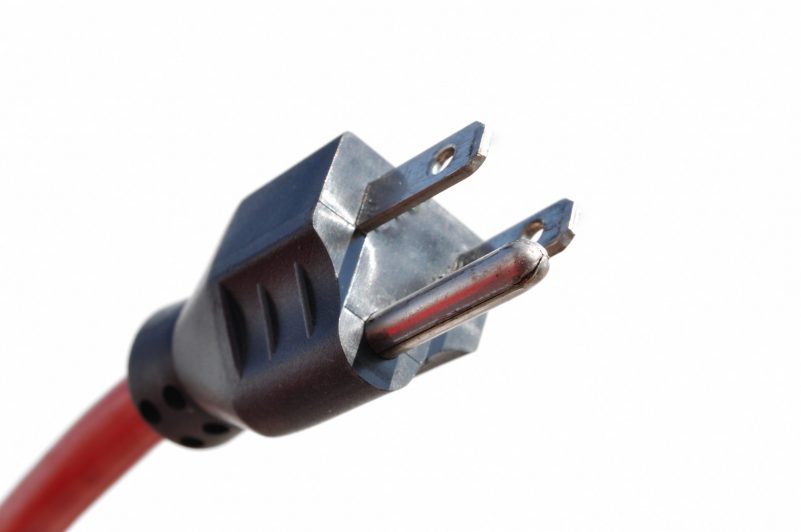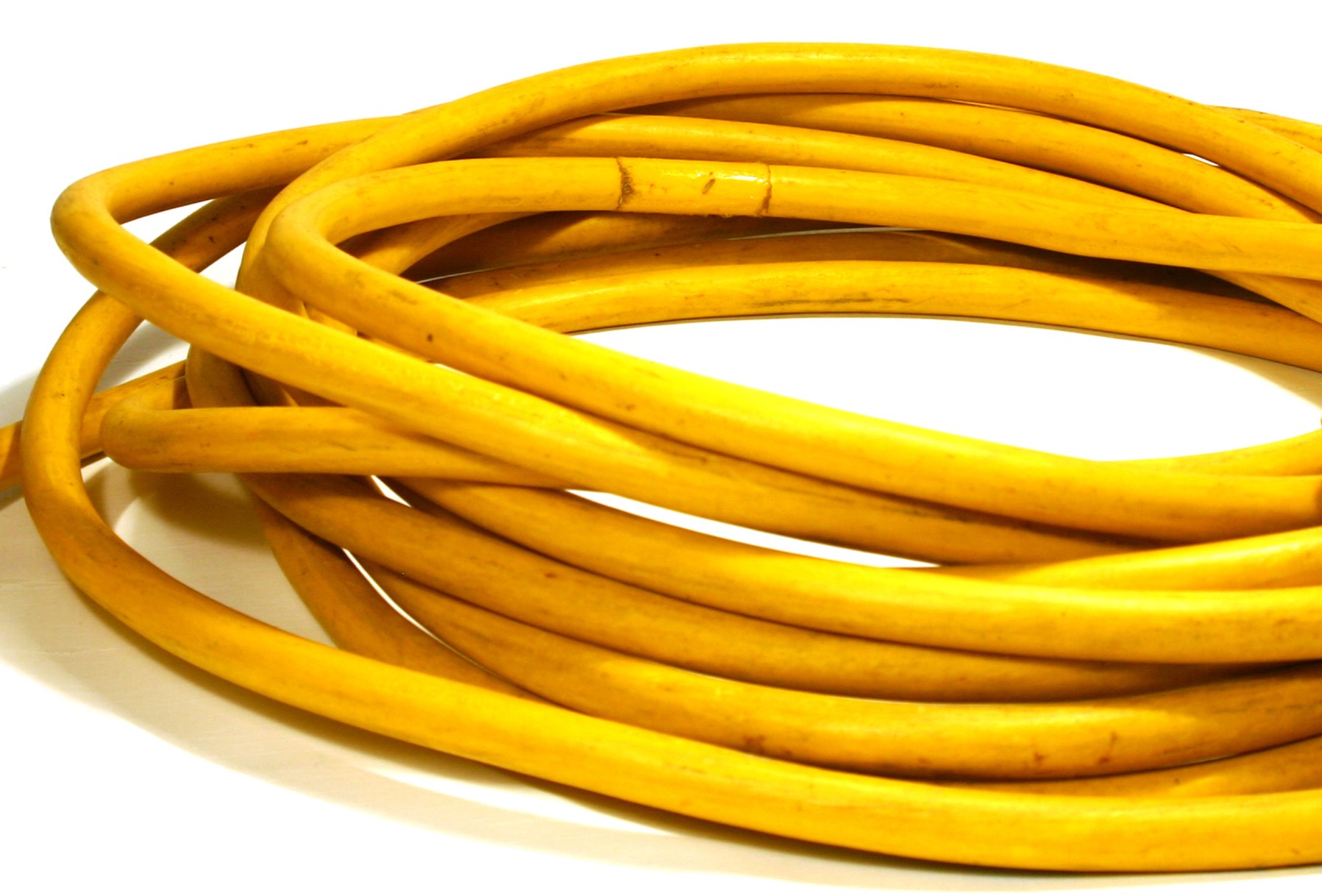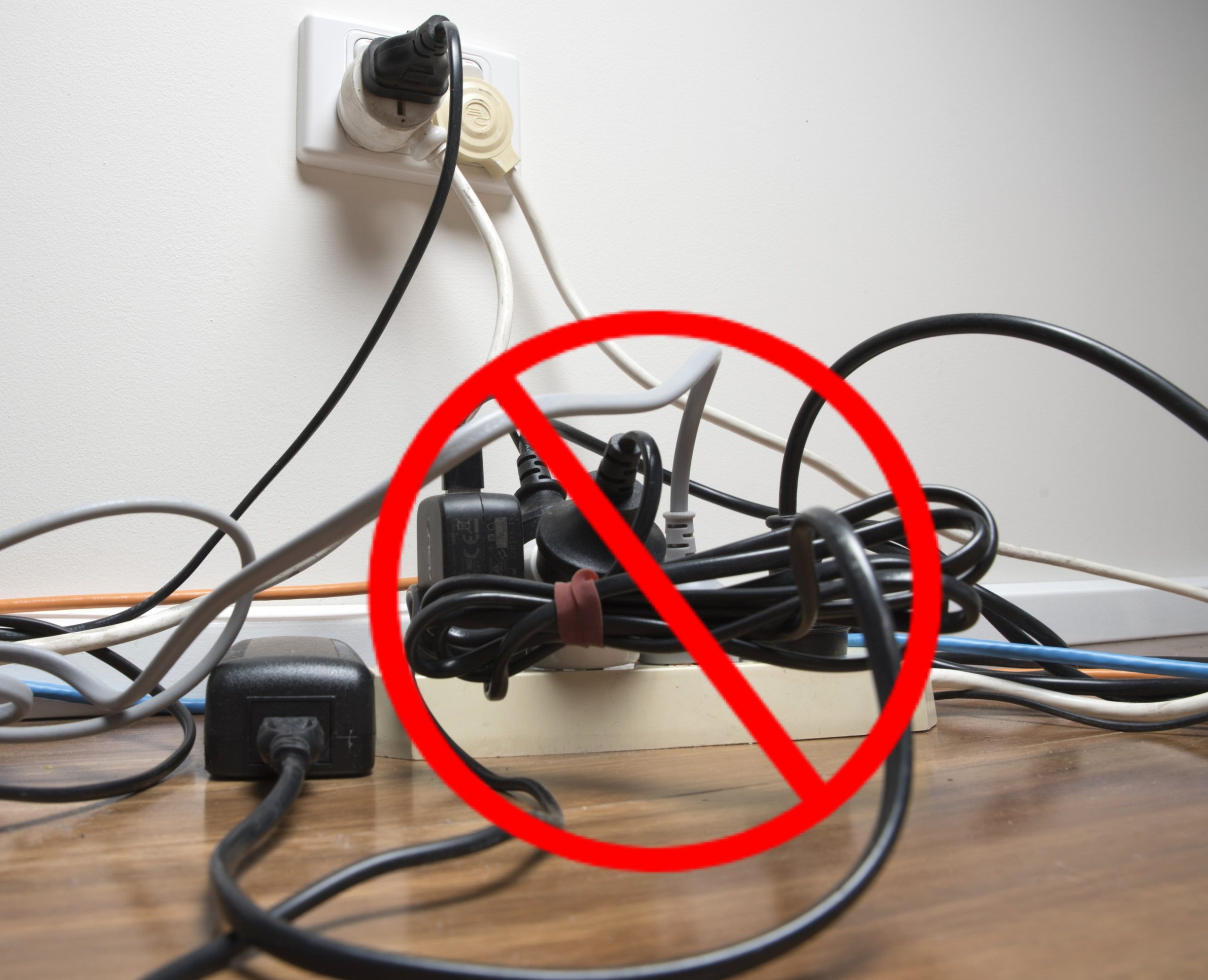
It is always best to plug the device directly into an outlet. If that is impossible, an extension cord will be necessary.
All Extension Cords Are Not Created Equal
Standard extension cords are available with either two or three prong plugs. One prong is “hot,” the second is “neutral,” and the third serves as a path to the ground wire. This third prong drastically reduces the risk of shock and electrical fires by giving power surges a safe place to dissipate. Of course, you can only use three-prong extension cords with three-prong outlets. If your venue has outdated electrical wiring, you may need to upgrade it before converting the outlets to newer three-prong versions designed for enhanced electrical safety.

Don’t Overload the Extension Cord
Every cord has an amperage rating, a limit of electrical current it can safely conduct. Check the device you plan to connect and choose an extension cord with an amperage rating higher than the device. If you plan to connect multiple devices, add up all amp requirements to ensure you do not overload the extension cord.
In Choosing The Right Extension Cord Consider Amperage, Gauge, and Length
Helpful Tip:
If the power requirement on a device is listed in watts, divide the wattage by 110 to convert the rating to amps.
If the cord you are considering does not give an amp rating, you can calculate its current capacity by its wire gauge. The lower the gauge, the higher the wire’s capacity. Follow these guidelines:
- A 16-gauge extension cord is for light duty applications (holiday lights, portable fans, hedge trimmers, etc.).
- A 14-gauge cord is for medium duty applications (weed whip, power drills, table saws, etc.).
- A 10- to 12-gauge cord is for heavy and extra heavy-duty applications (Ovens, Warming Units, Soft Serve Machines, Popcorn Machines, etc.).
In addition to amperage and gauge, you should also consider cord length when choosing the right type of extension cord. Longer cords create more electrical resistance and deliver less power to the connected device. It is best to use a cord of the proper length to reduce power loss, especially when operating a device with a high amperage rating.
DON’T Plug Sensitive Electronics into Ordinary Extension Cords
Extension cords and surge protectors are not the same things. The purpose of a surge protector is to divert or block excess power by grounding it. Even minor surges could damage sensitive electronics, so plugging those into surge protectors (or extension cords with built-in surge protection) is vital.

Don’t Coil
If you are thinking about “coiling” up an electrical cord and then using a tie to “shorten” the cord, this is not a good idea. Coiling can concentrate the heat into a smaller volume. It is best to leave cords uncoiled, or use one long loop, instead of 5-10 loops tied.
More Tips:
- Keep unprotected cords out of the path of foot traffic and furniture to prevent fraying, overheating, and tripping.
- Never run a cord under a rug. It prevents the cord from releasing its heat and could lead to a fire.
- Do not leave cords dangling anywhere where they can be pulled down and tripped over.
- Make sure there is no crimping or pressure on cords, and do not force them into small spaces or behind furniture. This could lead to a breakdown of the cord’s insulation. When using cord-bundling devices, such as Cable Turtles or plastic spiral wire wrap, avoid cramming too many cords together. Keep it loose.
- Never use staples or nails to attach cords or cord bundlers to a surface, such as a baseboard or a wall. They could puncture the insulation and create a shock or fire hazard.
- Do not overload outlets or extension cords with too many appliances, or appliances with too much wattage (space heaters, microwave ovens). Check the maximum capacity of an extension cord and make sure you do not exceed it.
- Do not use an adapter to get an extension cord with a three-prong plug into a two-prong outlet.
- Do not plug extension cords together. Instead use one long enough for your purpose.
- Do not use an extension cord to plug in a power strip. Instead buy a strip with a longer cord.
- If a cord is hot to the touch, do not use it.
For example, you want to rent a Pretzel Display Warmer, a Nacho Chip Case and a Nacho Cheese Pump. Depending on which pieces of equipment you select, the amps of each piece will add up to anywhere from 10 Amps to 21 Amps. You do not want to use all 20 Amps on the circuit. As equipment cycles on and off the electric draw can fluctuate. Let say you are renting a Soft Serve Ice Cream Machine; you will need a 20 AMP DEDICATED circuit. Any amps less than that will produce an expensive milk soup or worse yet, possibly damage the compressor, which would be a costly error. Either way, it is best to check to make sure you have adequate power to run the machine.
We love to hear from you! Call CaterRent at 612-588-1188 and we will help you sort out your electrical needs.
